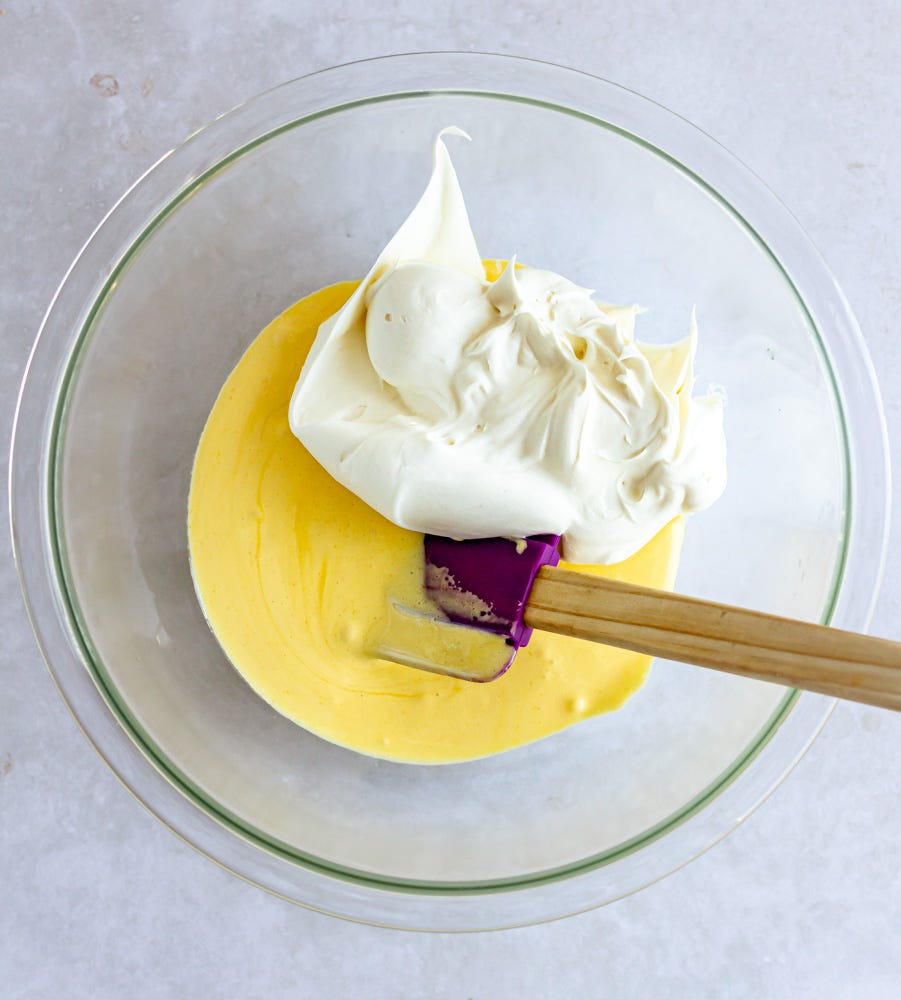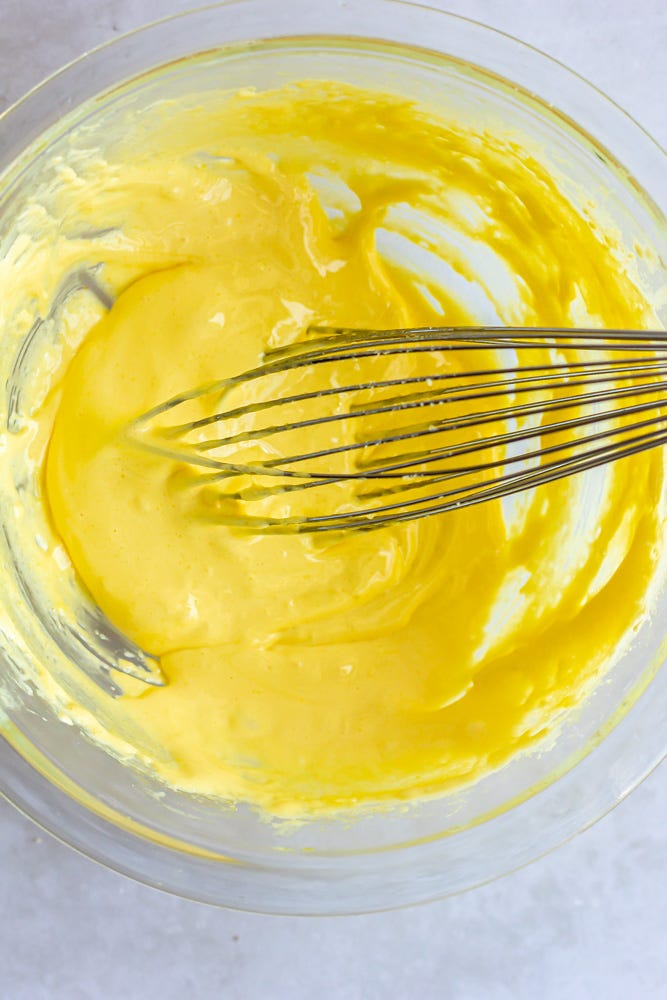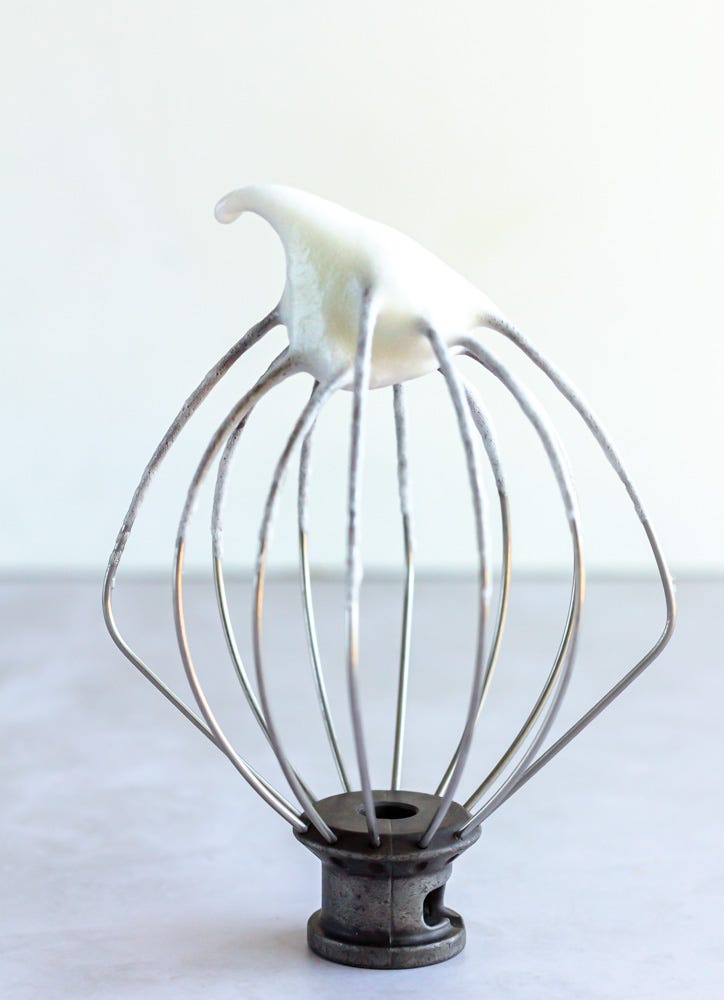Welcome to the inaugural Pastry School 101 Newsletter. I’m so happy you’re here. We’re kicking things off with a pastry deep dive so that you will have the foundation and information needed as you approach the two bonus recipes coming your way this month.
Each month, the two bonus recipes that I send out will be connected by some sort of ingredient/skill/technique (in this case, lots of whipped eggs) which we will talk about in depth (as evidenced by this newsletter) so that when those aforementioned bonus recipes reach your inbox, you are ready to get baking!
Also, this Pastry Deep Dive portion will be part of the paid subscription community moving forward but since this is the very first one, I wanted to make sure that everyone has access to it and is able to get a little taste of what this whole Pastry School 101 newsletter/community is all about.
So, without further ado, let’s dive in!
the humble egg
Eggs are some of the most important ingredients in the pastry kitchen (and the most difficult to substitute when vegan-izing a recipe) because they just do so much!
There are six distinct parts to an egg, five of which can be classified into the categories white and yolk. (The sixth part being the shell.) The average large egg weighs about 50 grams—30 grams white, 20 grams yolk. This knowledge becomes especially helpful when scaling recipes and trying to measure out something like 1/3 of an egg.
The egg as a whole provides protein, water, fat, and emulsifiers to a baked good, while also contributing flavor and color (think: golden browning due to an egg wash).
Tip: When buying eggs for baking, look for “large” sized eggs. Because it’s the most common egg size, most recipes that call for “one egg” are basing that on the large (or 50 gram) size. Many home-grown eggs are a bit smaller, so if you are using eggs straight from a farm or neighbor (lucky you), I would recommend weighing your eggs when using them for baking.
the egg yolk
Egg yolks consist of about half moisture and half yolk solids, which are made up of protein, fats, and emulsifiers. This means, that when used in baking, adding an egg yolk will add hydration, structure, softness or silkiness (a very technical term), and will help bind everything together.
The most common iteration of whipped egg yolks shows up in custard making.
A quick science lesson:
When eggs are heated the protein strands begin to coagulate. If you picture each protein strand as a piece of yarn or string, curled up into a little pile, coagulation means that those strings begin to unravel to create little wiggly strands. As they unravel, the strands travel through the liquid and bond with each other, creating a strong little network that works to trap water and other liquids. As the eggs continue to heat, the network of strands becomes tighter and tighter, eventually squeezing out liquid (in baking, this is not a good thing and usually results in curdling or weeping, but it’s great for scrambled eggs). The key to cooking eggs is low and slow and most often, over a double boiler.
whipping egg yolks
For the purposes of this newsletter, we’re going to focus on one the more common iterations of cooked egg yolks in the pastry kitchen and leave things like hollandaise sauce and aioli for another day. We’re also going to save a deep dive into custards for a future newsletter because that needs its very own spotlight.
When used as a part of another recipe, and not as a stand alone custard, egg yolks are usually cooked in what I’m dubbing sabayon style. Sabayon (in French or zabaglione in Italian) is a thick sauce made from whipping egg yolks and sugar over a double boiler. It’s usually then folded into other components to create classic desserts like tiramisu or mousse.
When whipping egg yolks this way, simply combine egg yolks and sugar over a double boiler. (The traditional recipes use marsala or another dessert wine, but it’s not necessary for the process itself and can always be substituted for coffee, vanilla, or another liquid and we’re leaving it out completely today.) Whisk the egg yolks and sugar together to form a paste and then set it over a pot of simmering water. To ensure that you don’t end up with scrambled egg pieces, whisk the mixture continually. As you’re whisking, those protein strands will begin unraveling and the whisking will continually incorporate air that will get trapped in the protein network. The mixture will go from thick and paste-y to light yellow and foamy.
There are a few cues to look for that will signal to you that you’re done.
The mixture will be hot to the touch and all of the sugar has dissolved. To test this, I like to place the tip of a spoon into the sauce and then swipe my fingers through it. Rub the mixture between your fingers and it should very smooth without any sugar granules.
The mixture will ribbon when you lift the whisk out of the bowl. To check this, picture you have a piece of ribbon dangling from your hand. When you go to drop the ribbon, it will fall into thick waves. This is the same consistency that you are looking for in your whipped egg whites. When you lift the whisk out of the bowl, the mixture should be thick enough to fall from the whisk, leaving a trail of waves in the bowl, the same way a ribbon would.
the egg white
The egg white is made up of protein and water, meaning it provides both hydration and structure to baked goods. When simply stirred into a recipe, like in cookies or cakes, the protein will work alongside the gluten to create little walls that help your product take shape. When whipped, as in meringues or sponge cakes, however, those little protein strands unravel, trapping air in their network.
whipping egg whites
When whipping egg whites, there are a few things to remember:
Room temperature egg whites whip best.
Make sure everything is clean. If there is any trace of fat or oil in your mixing bowl, or even a drop of egg yolk in the whites, it will inhibit the whites from whipping properly.
To properly whip egg whites, you’ll want to start slow and gradually increase the speed. Place the whites in the bowl of a stand mixer fitted with the whisk attachment and begin whipping on a low-medium speed (I like to start at level 2 and then increase to 4 after about 30 seconds). Mix until very frothy and then increase the speed to medium-high. If a recipe calls for sugar to be added, don’t begin adding it until after the whites are frothy, and then stream it in gradually. Adding it all at once can deflate the whites.
On peaks:
Most recipes will tell you how much to whip your egg whites by using the terms soft peaks, medium peaks, and stiff peaks, based on what happens to the tip of the whites when you pull the whisk out of the bowl. Here’s what each of those look like.
Soft Peaks: The tip of the white will fall completely back onto itself, like an ocean wave getting ready to crash onto the shoreline.
Medium Peaks: The tip of the white will hold itself up about halfway with only the top point falling back on to itself. (see this pictured below) Whenever I’m drawing a picture of ocean waves, this is what they would look like.
Stiff Peaks. The tip of the whites will stand up completely into a vertical point.
whipped eggs in this month’s recipes
I’m really excited to share this month’s recipes with you! Both are simple and classic, but so delicious and use both whipped egg yolks and egg whites. Check your inboxes next week for a rich, decadent chocolate mousse and the week after that for my very best classic tiramisu.
Remember, if you have any questions or want to nerd out about egg coagulation with me, you can leave a comment and we can talk!
Happy baking!





Um what are the minimum amount of regular sized eggs I need the whites of to whip (into soft peaks)? Thanks for answering and/or reading this, in advance. !